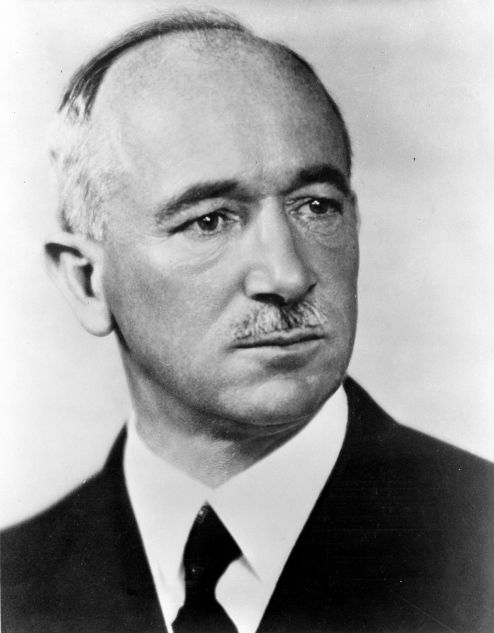On 10 June, the process of sending Germans to the Soviet zone of occupation from Czechoslovakia began. In the first few days after the Nazis lost World War II, the Czechs started expelling Germans from the country, even if they had Czech passports. In January 1946, these Germans were first sent to the American zone of occupation in Germany, and from 10 June they were offloaded to the Soviet zone of occupation.
On 15 June 1945, President Edvard Beneš, who had returned to Czechoslovakia, openly announced plans for ethnic cleansing: “Our government, realising what the betrayal of the Germans and Hungarians in 1938 meant, decided to cleanse the republic of these treacherous elements. We must agree on this with the Soviet Union, Great Britain and the United States. We must finally eliminate the ‘German issue’ in the republic."
Beneš followed the lead of a significant part of the population: Germans and Hungarians were already being lynched in Czechoslovakia. It’s thought around 20,000 people were killed by mobs.
Beneš issued three decrees dictating the eviction process, which were adopted with the support of the Allied powers in 1945: the Germans were deprived of their Czechoslovak citizenship and property, and the policy of "Slovakisation" was rolled out across the country.
In the spring and summer of 1945, various discriminatory measures were applied to Germans in Czechoslovakia. They were required to regularly report to the police; they were not allowed to leave their residence; they had to wear patches with "N" on their clothes (first letter of the word “Němec” – “a German” in Czech) or armbands with a swastika. Their cars, motorcycles, and bicycles were confiscated. They were forbidden from using public transport, visiting public places, and walking on sidewalks. They were also banned from possessing radios and speaking German in public places.
In the fall of 1946, according to Interior Minister Václav Nosek, 1,415,000 people were sent to the American zone of occupation, and “from 10 June to 18 October of this year, as a result of regular displacements to the Soviet zone of occupation, the German population has decreased significantly by 750,000 in total. In the tensest period – in the middle of July of this year – 12 trains with 14,400 people came to the reception points daily. The total number of railway cars used to transport the evicted Germans amounted to 68,000 people."
At the same time, Hungarians were also deported. In total, Czechoslovakia deported three million people in 1945 and 1946.
In 1968, these events sparked revenge attacks by GDR soldiers who occupied the country after the "Prague Spring."
The topic was glossed over for a long time but continued to cast a shadow over relations between the Czech Republic, Slovakia, Germany, and Austria for many years.
























